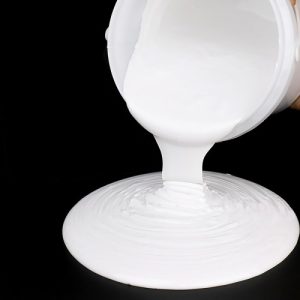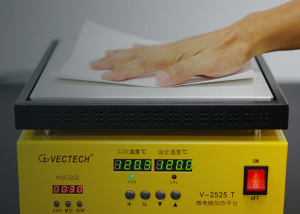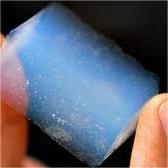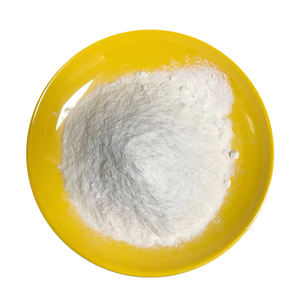Professional industry ceramic supplier, silicon nitride, silicon carbide, aluminum nitride and any other kinds of ceramics.
1. Introduction
Just 36 hours ago, NASA quietly announced a materials milestone that didn’t make headlines—but should’ve. In collaboration with a stealth startup in Huntsville, engineers successfully cast a near-perfect rhenium turbine blade for next-gen rocket engines using a custom silicon carbide crucible. Why does this matter? Because rhenium melts at over 3,180°C (5,756°F), and most containers would vaporize before reaching half that temperature. Enter the unsung hero: the silicon carbide crucible.
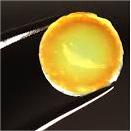
While your social media feed floods with ‘silicon carbide ceramic dinner plates’ and ‘silicon carbide butter dishes’ (yes, those are real search terms), the real magic happens far from the kitchen—in high-vacuum induction furnaces where metals behave like temperamental rock stars. Let’s talk about where silicon carbide crucibles actually shine: extreme metallurgy.
2. Why Silicon Carbide Crucibles Rule the High-Temperature Roost
Silicon carbide isn’t just tough—it’s borderline indestructible under heat. With a thermal conductivity rivaling some metals and oxidation resistance up to 1,600°C, it outperforms traditional alumina (Al2O3) and even zirconia crucibles when handling reactive or ultra-refractory metals like titanium, tantalum, and rhenium.
Unlike zirconia crucibles—which can react with molten titanium—or alumina tubes that degrade in reducing atmospheres, silicon carbide crucibles maintain structural integrity while minimizing contamination. That purity is non-negotiable when you’re building parts for Mars landers or hypersonic jets.
- Zirconia crucibles: great for lab-scale oxide melts, terrible for reactive metals.
- Alumina ceramics: affordable but chemically vulnerable above 1,400°C.
- Silicon carbide crucibles: the gold standard for aggressive, high-temp melts.

3. The Boron Carbide vs Silicon Carbide Myth (Spoiler: They’re Not Interchangeable)
You’ll often see queries like ‘boron carbide vs silicon carbide’—usually from folks comparing body armor or abrasives. But in crucible applications? Boron carbide (B4C) is rarely used. It’s harder, yes, but more brittle and prone to hydrolysis. Plus, it’s wildly expensive. Silicon carbide offers the best balance of cost, machinability, and thermal shock resistance for industrial melting.
Fun fact: No one’s making ‘boron carbide ceramic casserole dishes.’ Probably because they’d shatter if you looked at them wrong. Stick to silicon carbide for both your rocket nozzles and—if you insist—your ‘silicon carbide ceramic baking dish.’ (Though we don’t recommend baking in actual industrial crucibles. Your soufflé might survive; your oven won’t.)
4. Beyond the Crucible: Silicon Carbide’s Extended Family in Advanced Ceramics

The same material science that makes a robust silicon carbide crucible also powers other high-stress components: silicon carbide burner nozzles in glass furnaces, RBSiC silicon carbide tile blocks for kiln linings, and even silicon carbide thermocouple protection tubes that laugh at 1,500°C.
Meanwhile, silicon nitride—a close cousin in the advanced ceramics family—excels in different roles. Need a custom silicon nitride heat shield for a satellite thruster? Go for it. But don’t melt hafnium in a silicon nitride crucible; it’ll dissolve faster than ice cream in July. Each advanced ceramic has its lane: silicon carbide for thermal + chemical brutality, silicon nitride for strength + fracture toughness.
And no, despite what SEO keyword lists suggest, neither material is commonly used in ‘silicon carbide blue white porcelain plates’ or ‘silicon carbide ceramic childrens plates.’ Those are marketing fantasies—real silicon carbide dinnerware would weigh five pounds and cost $800 per plate.
5. The Real-World Impact: From Lab to Launchpad
Back to NASA’s rhenium breakthrough: the success hinged on a reaction-bonded silicon carbide (RBSiC) crucible with ultra-low porosity. This prevented gas entrapment and oxygen pickup—two killers of superalloy performance. Private firms like Relativity Space and Rocket Lab now routinely use similar setups to cast copper-chromium-niobium alloys for regeneratively cooled engine chambers.
Even terrestrial industries benefit. Semiconductor manufacturers rely on silicon carbide crucibles to purify polysilicon without metallic contamination. And in nuclear research, they contain molten fluoride salts in next-gen reactor prototypes.
6. Conclusion
So next time you hear ‘silicon carbide,’ think less ‘baking dish’ and more ‘rocket science.’ The silicon carbide crucible isn’t just a container—it’s an enabler of technologies that push the boundaries of human engineering. While the internet drowns in oddly specific dinnerware keywords, real innovators are using this advanced ceramic to melt the future, one ultra-hot alloy at a time.
Our Website founded on October 17, 2012, is a high-tech enterprise committed to the research and development, production, processing, sales and technical services of ceramic relative materials such as Silicon. Our products includes but not limited to Boron Carbide Ceramic Products, Boron Nitride Ceramic Products, Silicon Carbide Ceramic Products, Silicon Nitride Ceramic Products, Zirconium Dioxide Ceramic Products, etc. If you are interested, please feel free to contact us.

